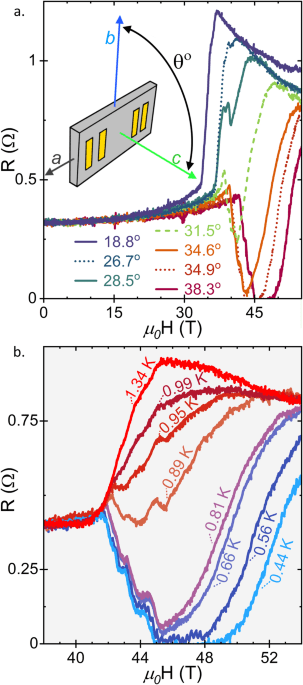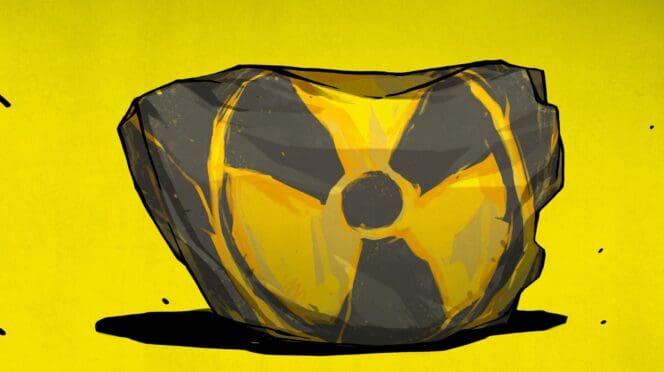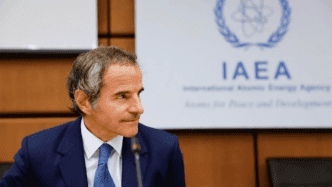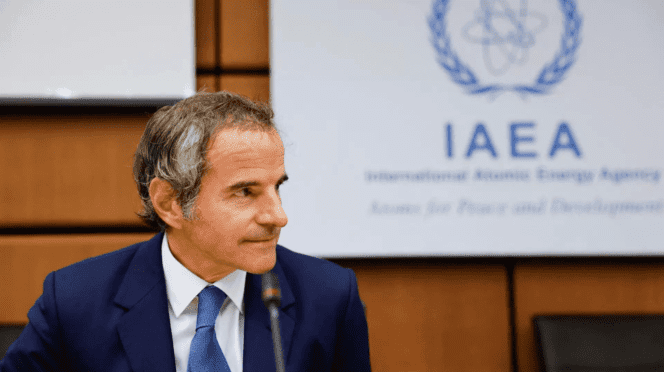In a groundbreaking new study, researchers have discovered a remarkable phenomenon in the superconducting material UTe2. The study, published in Nature Communications, reveals that in orphan UTe2 samples, no evidence of the SC1 or SC2 superconducting phases was observed in any orientation in the bc plane when the applied magnetic field was less than 35 T. Instead, the samples exhibited paramagnetic behavior suggestive of Kondo lattice effects upon cooling from room temperature. Despite showing a Fermi-liquid T2 dependence below 10 K, the samples did not exhibit a superconducting transition into the SC1 phase down to temperatures as low as 110 mK.
Interestingly, the disorder scattering in the metallic samples was estimated by calculating the residual resistivity ratio (RRR), which indicated a high degree of disorder in the orphan UTe2 crystals. Comparisons with other crystals of UTe2 revealed significant variations in RRR values, further highlighting the uniqueness of the orphan samples.
The study also explored the field-induced superconducting phase known as “orphan SCFP” that emerged at fields greater than the metamagnetic transition point. This phase displayed a distinct angular range and temperature sensitivity compared to typical superconducting phases.
The researchers proposed several theoretical mechanisms to explain the high-field superconductivity observed in UTe2, such as the Jaccarino-Peter mechanism and field-induced Landau level quantization. However, the study concluded that SCFP in UTe2 represents a separate and distinct superconducting phase, challenging existing models of high-field superconductivity that stem from low-field phases. Further research is needed to fully understand the unique properties of SCFP in UTe2 and its implications for superconductivity in general.













